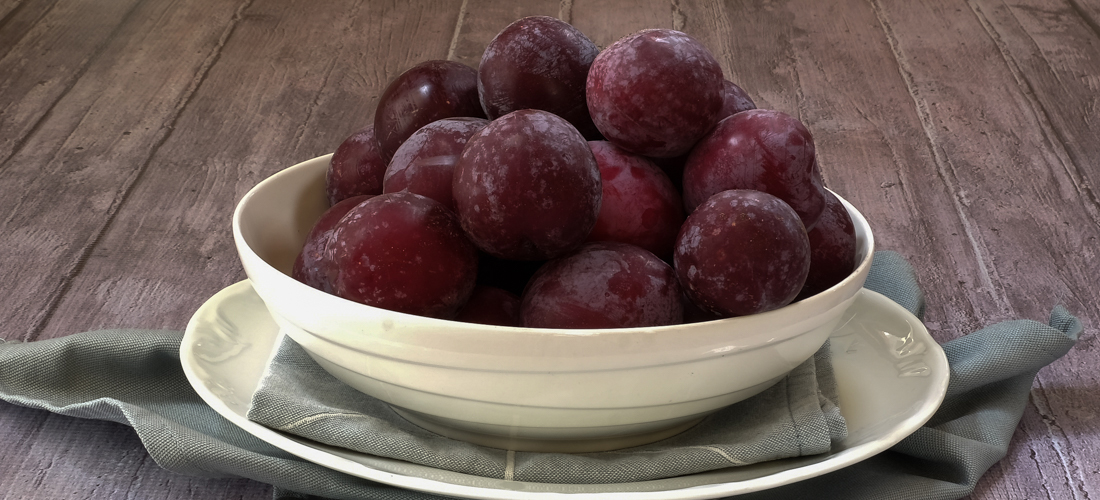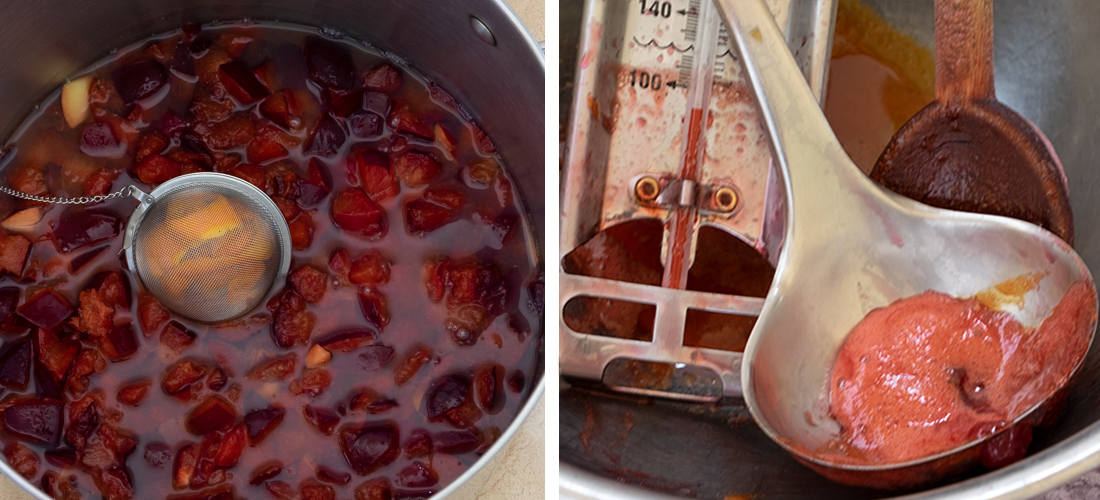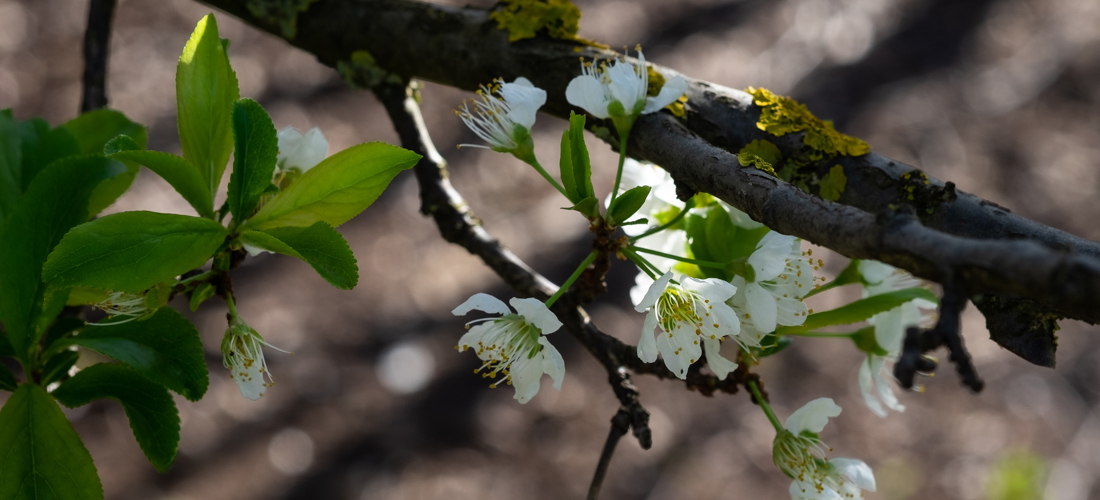Spiced Vanilla Plum Jam
- Jams, Jellies & Marmalades

The fragrant mix of vanilla, cinnamon, and cloves with the characteristic sweet but tart flavour of plums produces a truly exotic preserve. Spread it on toast, muffins, or croissants for breakfast. For pure indulgence serve with vanilla ice-cream or custard and your favourite mix of fresh summer berries.
- Preparation Time:
- 20 minutes
- Cooking Time:
- 45 minutes
- Quantity:
- 6 x 250ml jars
INGREDIENTS
- 1 kg
- Ripe dark plums
- 500 ml
- Water
- 900g
- White sugar
- 2 tablespoons
- Lemon juice
- 2 x 3 cm
- Cinnamon stick
- 4
- Whole cloves
- 1 teaspoon
- Vanilla paste
- 1
- Orange, juice and zest

METHOD
Plum jam is the perfect beginner’s preserve as it consistently produces a great result without much effort. The high acid and pectin content of plums makes it very easy to set. Simmer the fruit until tender, add warmed sugar then boil rapidly until it reaches the setting point.
Wash and dry the plums gently with a tea towel or paper towel to remove excess water. Take care not to bruise the fruit.
Cut the plums in half and remove the stone. Cut each half in two and then each piece in half again horizontally.
Place all the spices and orange zest into a spice basket or tea ball.
Place the chopped plums, water, and spice basket into a large preserving pan or large heavy bottom stainless-steel pot.
Cook gently for approximately 25 minutes or until the plums are soft and pulpy.
Skim to remove any scum that forms while cooking.
Warm the sugar while the fruit is cooking. Refer to the Notes section below.
When the fruit is cooked, remove the spices and discard.
Add the lemon and orange juice, vanilla paste and a third of the warmed sugar and stir to quickly dissolve. Repeat the process 2 more times until all the sugar is dissolved.
Bring the mixture quickly back to the boil and cook for another 20 minutes or until the jam is thick and reaches setting point. Test to see if it has reached the setting point. If not, continue to boil and keep checking every 2 minutes using either the flake or wrinkle test or until it reaches 105 C/220 F
Remove from the heat and place on heat resistant surface.
With a stainless-steel spoon, or any spoon that has a relatively fine edge, skim the top of the jam to remove any scum that has accumulated during the cooking.
-
Use a wide-necked funnel to pour into warm dry sterilised screw cap sealable jars. Fill to approximately 2.5cm (1 inch) from the top of the bottle and seal using your preferred method.
-
Seal, label, and store in a cool dark place in the kitchen or pantry.
Allow the jam to mature for at least 2 weeks before eating.
NOTES
- For the best results use firm, ripe fruit that is not too soft or that has been bruised. Over-ripened fruit usually requires additional cooking to obtain the setting point. This longer boiling can spoil the colour and flavour of the jam.
- After all the sugar has been added, cook the mixture slowly until the sugar has completely dissolved before boiling otherwise the sugar may crystallise.
- Once the sugar has dissolved and the fruit is soft, boil rapidly until the jam reaches setting point.
- A small knob of butter or a teaspoon of glycerine on the bottom of the pan helps to prevent the fruit from sticking and a scum forming.
- Stir occasionally to prevent the jam from sticking on the bottom of the pot. But not too often as this will lower the temperature and delays reaching the setting point.
- Rapid boiling, until the setting point is reached, preserves the fresh fruit flavour. Long slow simmering of the jam affects the colour and reduces the flavour of the jam.
- This jam does not contain a lot of liquid so should set fairly quickly. It will settle in the jar as it cools.
- Vanilla- the dreamy spice. Additional vanilla paste - 1/2 teaspoon can be added - if you enjoy the sweet. warming and creamy flavour of vanilla. The species of vanilla used and where it is grown, Madagascar, Mexico, Tahiti or India/Sri Lanka, and how it is dried and cured, influences the level and flavour profile of the vanilla bean. Vanilla extract, essence and paste are made to have a consistent flavour profile. So you may need to adjust the amount of vanilla used depending upon whether you use vanilla extract, essence or the paste. Vanilla extract is made by macerating the pods in alcohol. Look for labels stating "natural extract", 35% alcohol by volume. Vanilla essence, is either a distilled or concentrated extract or an artificial flavouring. Artificial vanilla is labelled "imitation vanilla essence" The quantities used here are specifically for vanilla paste.

